This article was co-authored by wikiHow staff writer, Jennifer Mueller, JD. Jennifer Mueller is a wikiHow Content Creator. She specializes in reviewing, fact-checking, and evaluating wikiHow's content to ensure thoroughness and accuracy. Jennifer holds a JD from Indiana University Maurer School of Law in 2006.
There are 9 references cited in this article, which can be found at the bottom of the page.
This article has been viewed 95,329 times.
Learn more...
To send mail to residential addresses, businesses in many countries are required to check addresses against national government or post office records. Individuals may want to use different methods, particularly if you're only checking one address. Several applications and websites make the process of checking an address for accuracy fairly simple using a phone or computer. If you check a residential address before mailing, you can minimize fees and delays in delivery of a letter or package.[1]
Steps
Checking a Single Address
-
1Use an online map service. You can find basic information about a residential address by searching online maps such as Google Maps. This can be helpful if you know part of an address but aren't sure about the whole thing.[2]
- Even if you find the address on an online map, you still should use other verification methods to make sure it's correct. Just because an address is mappable doesn't mean it's deliverable.
- Additionally, some addresses my have P.O. boxes, or have a shipping address that differs from the street address.
- However, finding the address on an online map can be helpful if you're just trying to figure out how to get to a location, but don't necessarily need to mail something there.
-
2Verify the address using public records. Residential property ownership is recorded publicly, so you may be able to verify the address by looking up the deed or property tax records for the property.
- As with online maps, the information you get this way won't necessarily tell you if you can deliver mail to that address. However, it will give you the correct street address for that location in most instances.
- Keep in mind that if a residence may be identified using a metes and bounds or parcel number rather than a street address.
- To find public records about a particular residential property, look for the local government records office. In the United States, this typically is the county recorder's or county clerk's office.
Advertisement -
3Visit the postal service website. In many countries, you can verify a single residential address by typing in a portion of the address on the postal service website for that country. This service typically is limited to private individuals and cannot be used for business purposes.[3]
- For example, if you want to check a residential address in the United Kingdom, you can type the part of the address you know into the Postcode finder at royalmail.com.
- The system will auto-suggest completion of the address as you type. If you see the correct location, simply click on it and you will see the full, standard address used to deliver mail to that location.
- The UK online system is limited to 50 searches per day, and is only available for individuals who occasionally need to verify an address. If you have a business that has more extensive address verification needs, you can contact the Royal Mail regarding other address management products they have available.
-
4Look up the address using a verification demo. There are a number of address verification services that allow you to demo their product for free online without having to register or pay money for their services.[4]
- This can be helpful if you need to check a residential address before you mail something there. For example, if you sold an item on an online auction site and want to verify the address of the buyer before you ship it, you could use one of these demos.
- There are several data companies who have certified systems that will verify US mailing addresses. Some of these, such as Experian Data Quality, will verify international addresses as well.
Standardizing an Address
-
1Use approved abbreviations. The postal service of each country has standardized abbreviations for words commonly included in street addresses. These abbreviations may vary depending on the country.[5]
- For example, in the US the word "street" is commonly abbreviated "St," while the word "suite" (as in an office suite) is abbreviated "ste." If you use just the letter "S," it will be interpreted as the direction "south."
- Some words may have more than one common abbreviation, but they would only have one standard abbreviation for postal purposes. For example, the word "avenue" may be abbreviated "avn," but the U.S. Postal Service (USPS) standardized abbreviation is "AVE."
- Even if you know the abbreviations for your own country, you may want to double-check before you send mail to an address in another country.
-
2Make sure all words are spelled correctly. Misspelled words in an address can result in your package being undeliverable, or may even result in the package being sent to a different address than the one you intended.[6]
- Pay close attention to words with more than one spelling, or words that are homophones. For example, you may have heard an address and believe the street name is "Pike's Peak Road," but it could be "Pike Speak Road" or "Pike's Peek Road."
- You also want to verify whether compound road names are one word or two separate words. For example, a residence could be located on "Creek Side Drive" or on "Creekside Drive."
-
3Confirm the default city name. Default and acceptable city names depend on the postal service regulations for the country where the address is located. For some locations, there may be more than one city name you can use.[7]
- For example, if you're mailing a letter to New York City, you should use the default city and state if at all possible, which is "New York NY." If you address your envelope to "New York City NY" or "Manhattan NY," your letter will likely still reach its intended destination, but it may be delayed.[8]
- If you're mailing a letter to another country, you may be able to address the letter in English or in the language of that country. In some instances, this may result in a different city name.
-
4Look up the ZIP code with USPS. If you're trying to verify or complete an address in the United States, you can enter the address on the USPS website to get the complete ZIP code for that address.[9]
- From the USPS website at usps.com, click on the "quick tools" menu bar to find the "Look Up a ZIP Code" page.
- You can find a ZIP Code by entering all or part of the residential address you have, or you can type in a ZIP Code to find the default city name you should use to mail letters or packages there.
-
5Complete the address. Your mail will not be delivered if the address you provide is incomplete. Each country has its own standards of completion, and if you're mailing the package internationally, you also must include the name or approved abbreviation of the country.[10]
- The US postal service guidelines require the person's name to be on the top line of the address block. Below that is any information required to direct the mail internally, such as a suite number or a job title.
- The next portion of the address block in a US address (and the address block of most countries) is the street address. From this point on, the address moves from the smallest point to the largest point that you need to identify.
- For example, if you're mailing a package internationally from Australia to the United States, you would start with the person's name, then provide their street address on the next line. The third line of the address would provide the city, state, and ZIP code, and then you would include the country's name ("U.S.A." or "United States of America") on the last line.
- If you were mailing an item domestically within the United States, you would not need to include the country's name. However, you would still need to include the city, state, and ZIP code, regardless of where you're mailing the item from.
Using Bulk Verification Services
-
1Register with the National Change of Address (NCOA) system. In the United States, you can register with NCOA to quickly and easily verify customer addresses and correct errors before packages or materials are mailed.
- The NCOA system is designed for business owners, not private individuals. You must complete a registration form if you want to use the NCOA system. However, the system is free to use.
- This system can help you find the addresses of customers who may have moved, provided they registered the change of address with the USPS.
-
2Find a certified vendor. In countries with national postal services, venders offering residential address verification services typically will be certified or approved by the national postal service if they adhere to the standardized practices and guidelines of the postal service.[11]
- You typically can contact the country's postal service to find out if they certify or register these services.
- Be wary of a company that claims to verify residential addresses, but is not certified by the national postal authority. It may be a front for a scam that's just trying to harvest addresses.
- Especially if you plan to subscribe to a service, which can involve a significant investment, make sure you investigate the company thoroughly and are sure that they'll provide the services you want and are legitimate and respected in the industry.
-
3Use an address verification service. There are a number of address verification services online that you can use to verify larger spreadsheets of residential addresses, such as if you communicate to customers or members of an organization using the mail on a regular basis.[12]
- Most of these services charge a monthly or annual subscription fee, so you should compare the fees along with the services provided to decide which service will best meet the needs of your business or organization. Be sure to account for growth.
- Some services, such as SmartyStreets, offer the ability to check a limited number of addresses for free each month. Additional domestic addresses or international addresses will cost you a monthly fee.
-
4Integrate address verification into your website. If you have an online store front, you can purchase code from shipping services or other suppliers that will allow you to verify addresses as your customers type them when placing an order.[13]
- The cost for these services varies depending on the volume of sales or address you need to have checked each month, as well as whether you want the service to check international addresses or domestic addresses only.
- An integrated verification service can save you time and money if you anticipate a larger volume of business, but may not be cost-effective if you have a small online shop that only processes a small number of orders.
- Outsourcing your payment services to another company also may include address verification services.
Community Q&A
-
QuestionWhy use a parcel address instead of a street address?
 DonaganTop AnswererA "parcel address" would be chosen for delivery purposes when the street address is not considered secure enough or when the mail receptacle at the street address is not large enough to accept a parcel.
DonaganTop AnswererA "parcel address" would be chosen for delivery purposes when the street address is not considered secure enough or when the mail receptacle at the street address is not large enough to accept a parcel.
References
- ↑ https://www.usps.com/nationalpremieraccounts/rdi.htm
- ↑ https://www.smarty.com/articles/do-maps-verify-addresses
- ↑ https://www.royalmail.com/find-a-postcode
- ↑ https://www.edq.com/free-address-lookup-tool/
- ↑ http://pe.usps.gov/text/pub28/welcome.htm
- ↑ http://pe.usps.gov/text/pub28/welcome.htm
- ↑ http://pe.usps.gov/text/pub28/welcome.htm
- ↑ https://tools.usps.com/go/ZipLookupResultsAction!input.action?resultMode=2&companyName=&address1=&address2=&city=&state=Select&urbanCode=&postalCode=10001&zip=
- ↑ https://tools.usps.com/go/ZipLookupAction!input.action
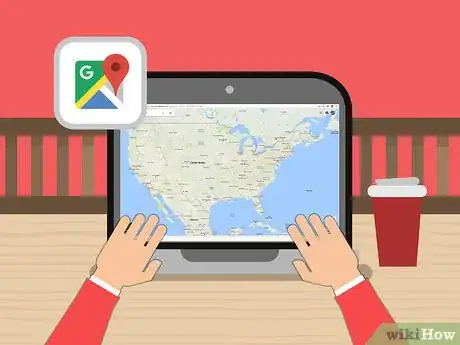
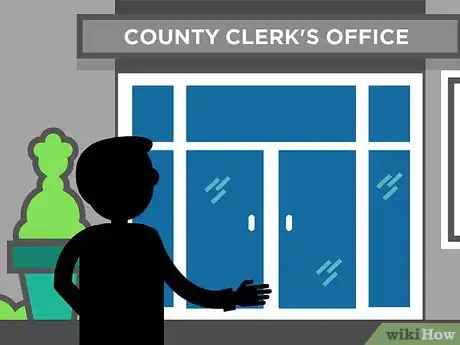
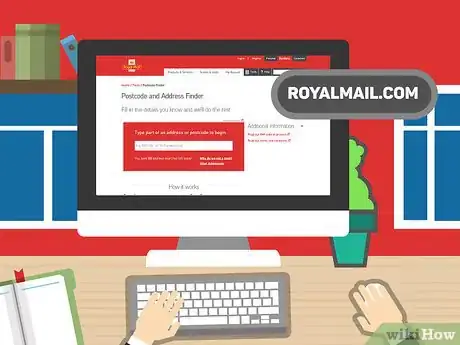
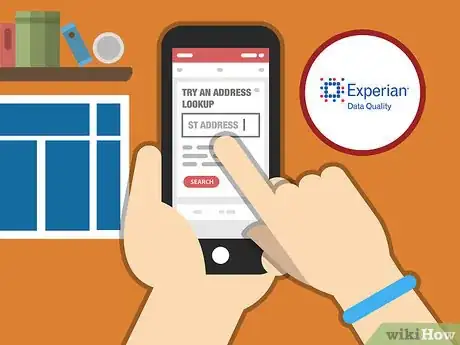
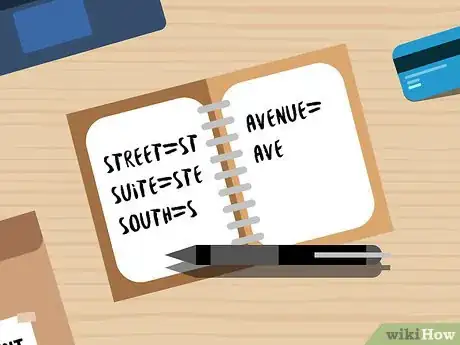
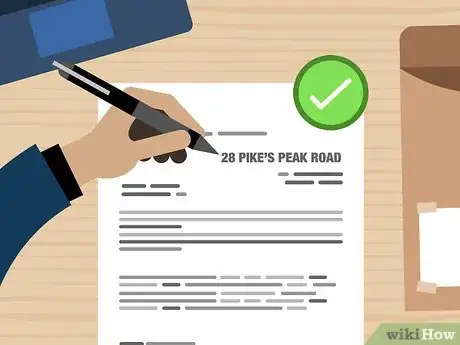
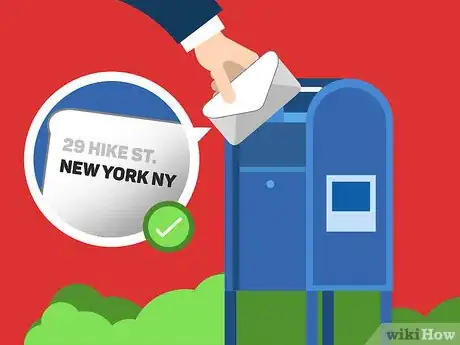
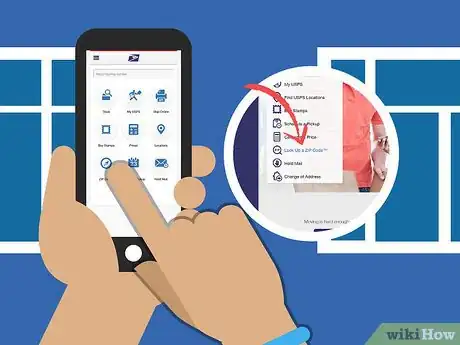
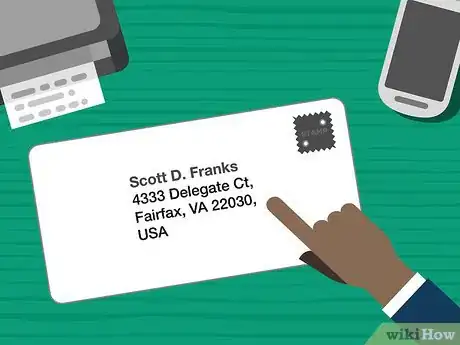
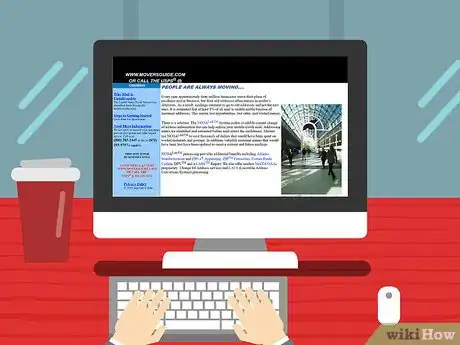
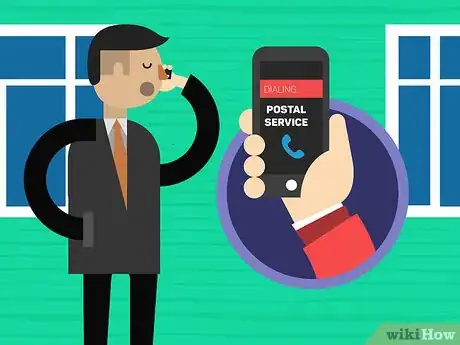
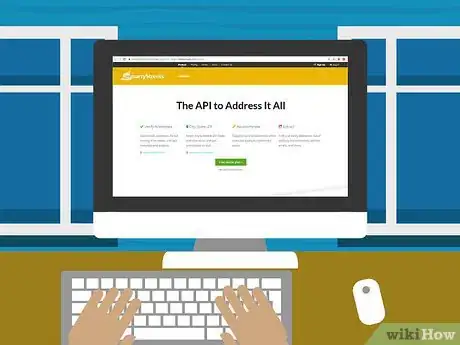
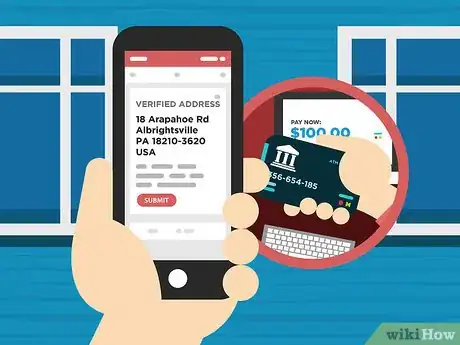
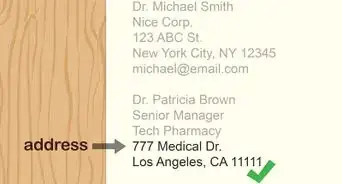
-Step-12-Version-2.webp)




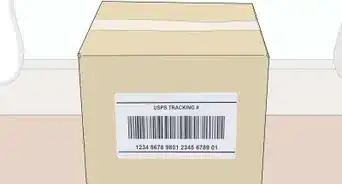
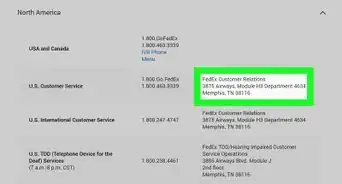
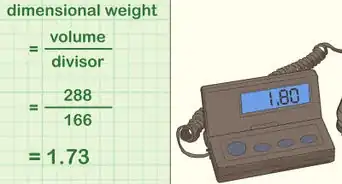


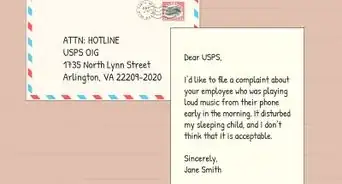










-Step-12-Version-2.webp)




































